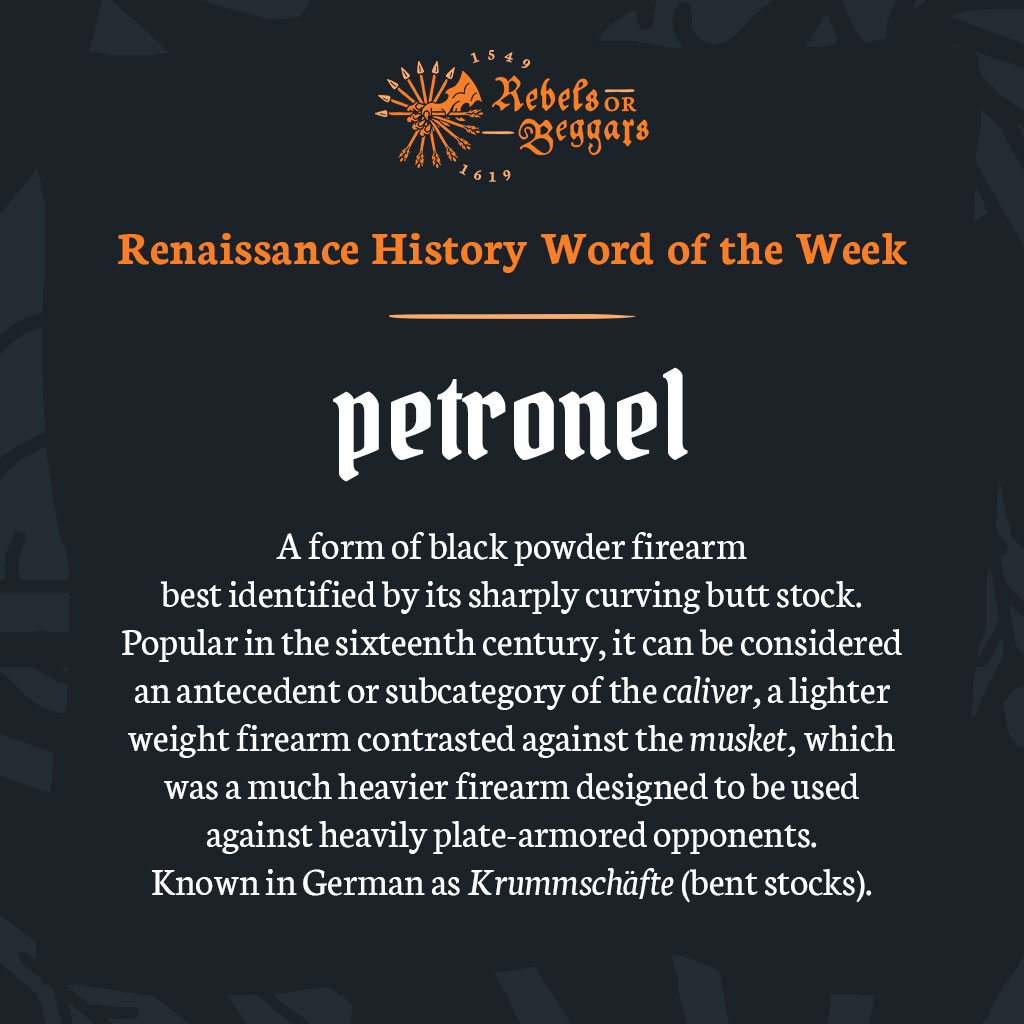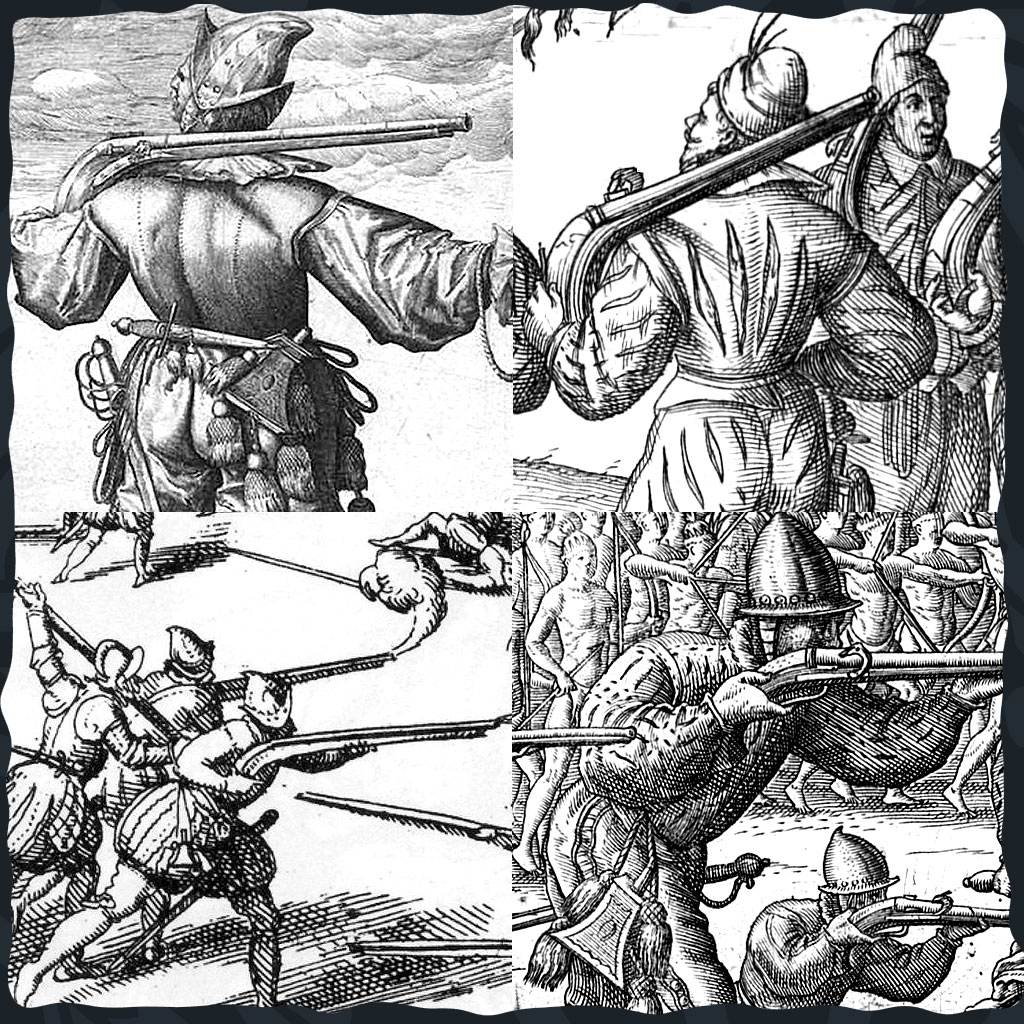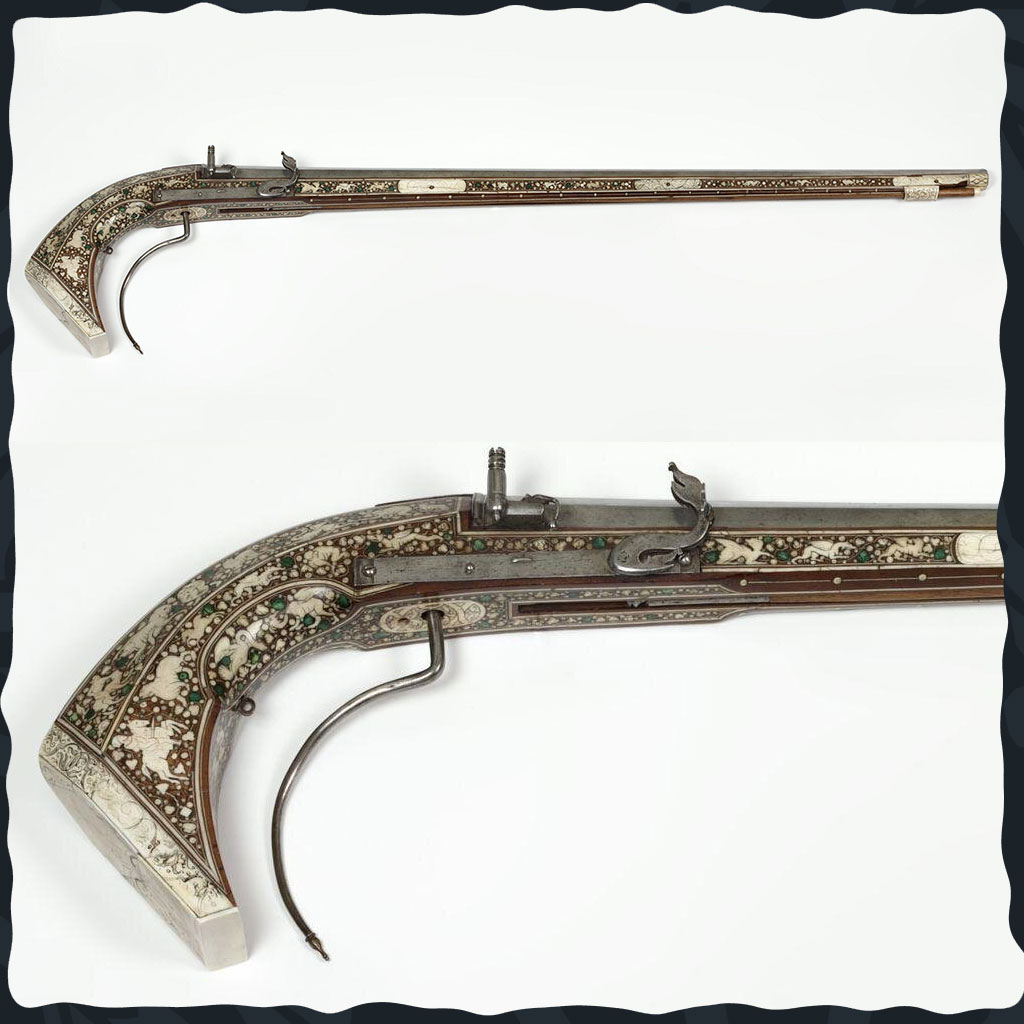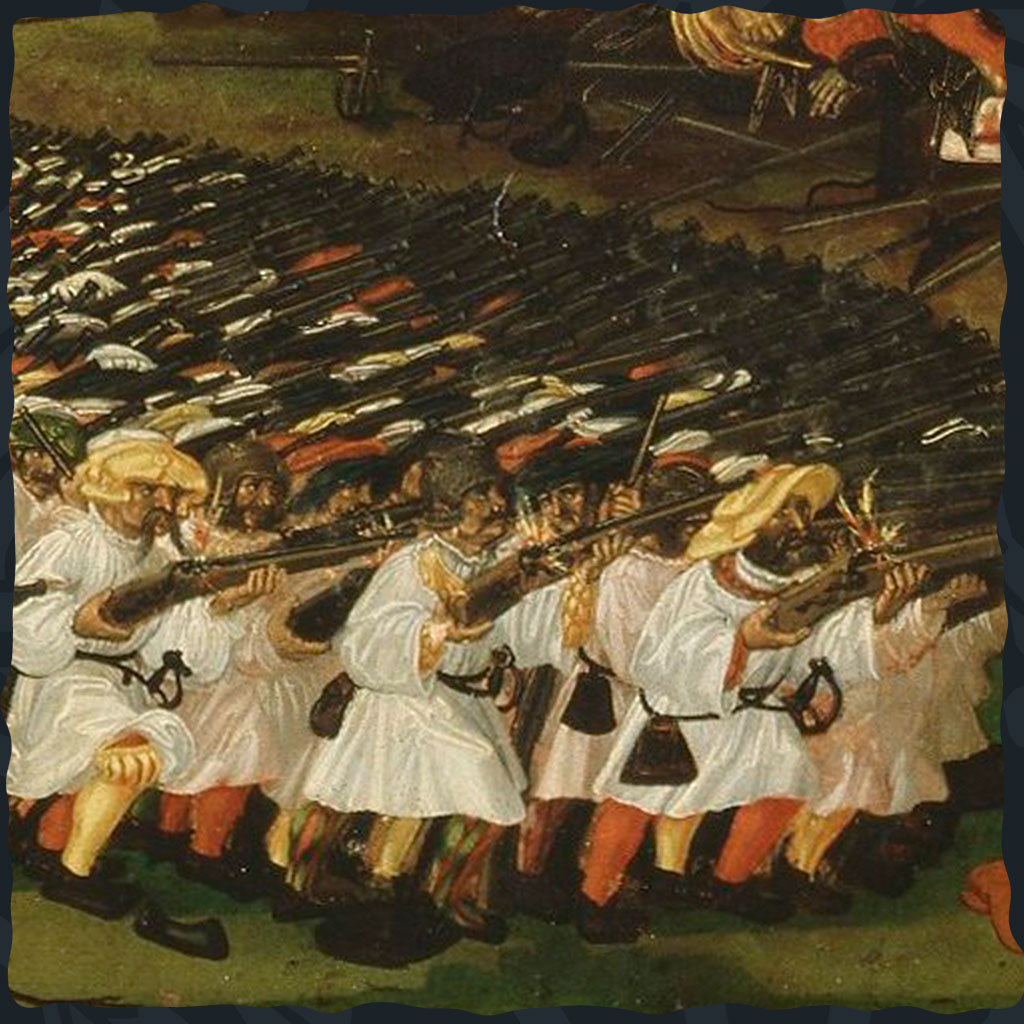
Petronel: Renaissance Word of the Week
A form of black powder firearm best identified by its sharply curving butt stock.

Popular in the sixteenth century, it can be considered an antecedent or subcategory of the caliver, a lighter weight firearm contrasted against the musket, which was a much heavier firearm designed to be used against heavily plate-armored opponents.
— —
☙ rebelsorbeggars.com
☙ facebook.com/rebelsorbeggars
☙ instagram.com/rebelsorbeggars
📖 History, 🎨 art, & 🎲 games from the Renaissance Netherlands & Europe, 1549-1619
— —
The term petronel derives from the French poitrine, meaning chest. A common explanation is that the short and curved stock was meant to be pressed against the chest and fired. This explanation is suspect, but we do have depictions of petronels being fired held in front of the shooter or held loosely at their side – think Eighties action movie style.
Also known in German as Krummschäfte (bent stocks).
See this ornate example from the V&A: note the “tiller” trigger bar, a direct adaptation from crossbows.
https://collections.vam.ac.uk/item/O96395/gun-petronel-unknown

Petronels were developed from the earlier arquebus, the first black powder firearm to see widespread adoption in European armies in the late 1400s. An early depiction of the petronel can be seen in a 1529 painting of the 1525 Battle of Pavia by Rupert Heller.
From the collection of the National Museum of Sweden:
https://collection.nationalmuseum.se/sv/collection/item/17222/

The petronel seems to have disappeared as a distinct form of weapon by the 1600s, replaced by other calivers of similar weight and caliber, but with stocks that were easier to fire and more advanced triggers and locks.
